As a yoga instructor, I am often asked which style of yoga should one practice. Given that there are so many styles, teachers, and ways to learn, getting started on a yoga journey can be quite confusing for many. People also have to keep in mind their age, fitness levels, and lifestyle before starting yoga. The guide below briefly explains the different types of yoga practices that are taught. It is best to start with the one that suits your fitness level and works best for YOU!.
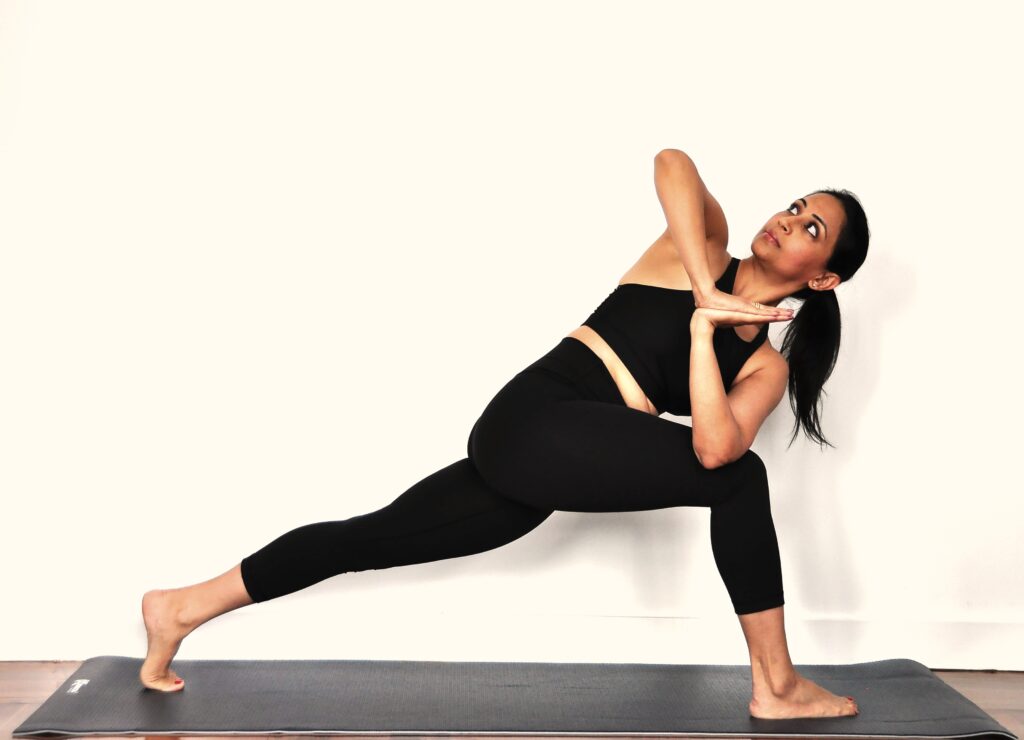
Hatha
Hatha yoga is a standard term that includes most yoga styles that combine breathwork with physical postures. The term is broadly used, but typically involves a gentle introduction to basic yoga postures for beginners or those who prefer a more relaxed style. You probably won’t leave a hatha yoga class sweaty and tired, but you should end up feeling more relaxed and stretched out.
Vinyasa
Vinyasa-style yoga combines rhythmic breathing with a series of flowing postures for a vigorous mind-body workout. Since it links breath to movement, vinyasa yoga is fluid and quickly paced – perfect for those looking for something athletic and dynamic.
Ashtanga
Ashtanga is very similar to vinyasa yoga, in rigor and style as both link breath to movement. Sometimes both terms are used interchangeably, but traditional ashtanga is more structured. It follows a specific sequence of poses in the exact same order, ideal for those looking for something predictable. Expect ashtanga to be hot, sweaty, and physically demanding.
Iyengar
Iyengar is a meticulous style of yoga, giving emphasis to proper form in a yoga pose. An Iyengar class will usually provide an array of yoga props – blocks, straps, bolsters, blankets, etc. – to help each student find proper alignment. It is also usually taught without music and at a slower pace to help students get deeper into the postures and hold them for longer. This style of yoga is best for those with an injury or chronic condition, as Iyengar teachers must undergo comprehensive training to provide knowledgeable instruction.
Kundalini
Kundalini focuses on repetitive movements synchronized with the breath, along with chanting and meditating. The practice focuses on awakening the energy at the base of the spine in order to draw it up through each of the seven chakras (areas of energy throughout the body). Expect to chant mantras such as “Sat Nam” (meaning “I am truth”) and practicing more simple poses, while focusing your energy on awareness of both body and mind.
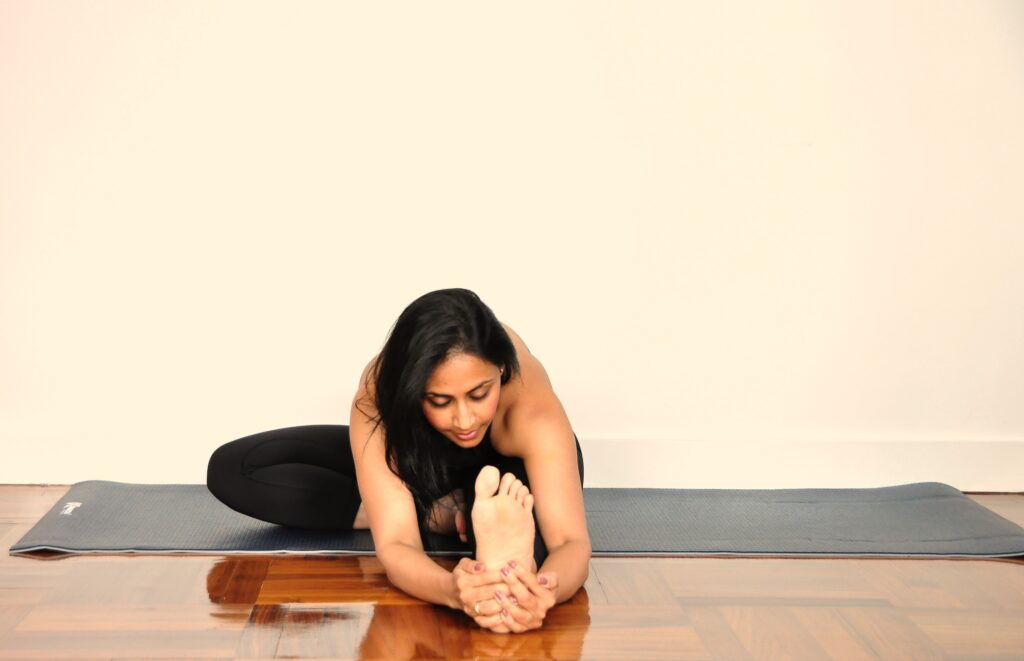
Bikram
You can be assured of two things when attending a Bikram class – sweat and consistency. A Bikram class is the same no matter where you go, as it consists of a series of 26 poses done in a specific order for 90 minutes in a room heated to 105°F (40.6°C), with a humidity of 40%. It’s wildly popular and relatively easy to find, but is not recommended for those with sensitivity to heat. Pre-hydration and post-hydration along with electrolyte replacement after this workout is advised to prevent fluid/electrolyte imbalances. It is also important to guard against over-straining your muscles and joints beyond what is comfortable due to increased flexibility with heat. Classes are usually taught in a bright room with students facing mirrors to check proper alignment in the poses.
Yin/Restorative
Yin yoga is a slow-paced style that is meant to be meditative and relaxing. It is often interchangeable with “Restorative” yoga as both typically use props to experience yoga in passive poses for several minutes. The focus is to lengthen the connective tissue – the tendons, fascia, and ligaments – in order to improve flexibility and increase circulation in the joints. Expect to hold poses for longer than usual (three to five minutes). This class is great to unwind after a long week or weekend and suitable for everyone looking to feel rejuvenated and relaxed.
A Final Note
There are many more types of yoga practices, and each one offers something for everyone. Incorporating yoga into your life with dedication and consistency will allow you to reap the many benefits, both mental and physical.
If you are trying something new, come to class with an open mind and be sure to notify your instructor if you have any chronic pain, injury, or condition that would require modification. Yoga’s many advantages and its emerging popularity makes it a wonderful practice to incorporate into your life for physical, mental, and spiritual balance.
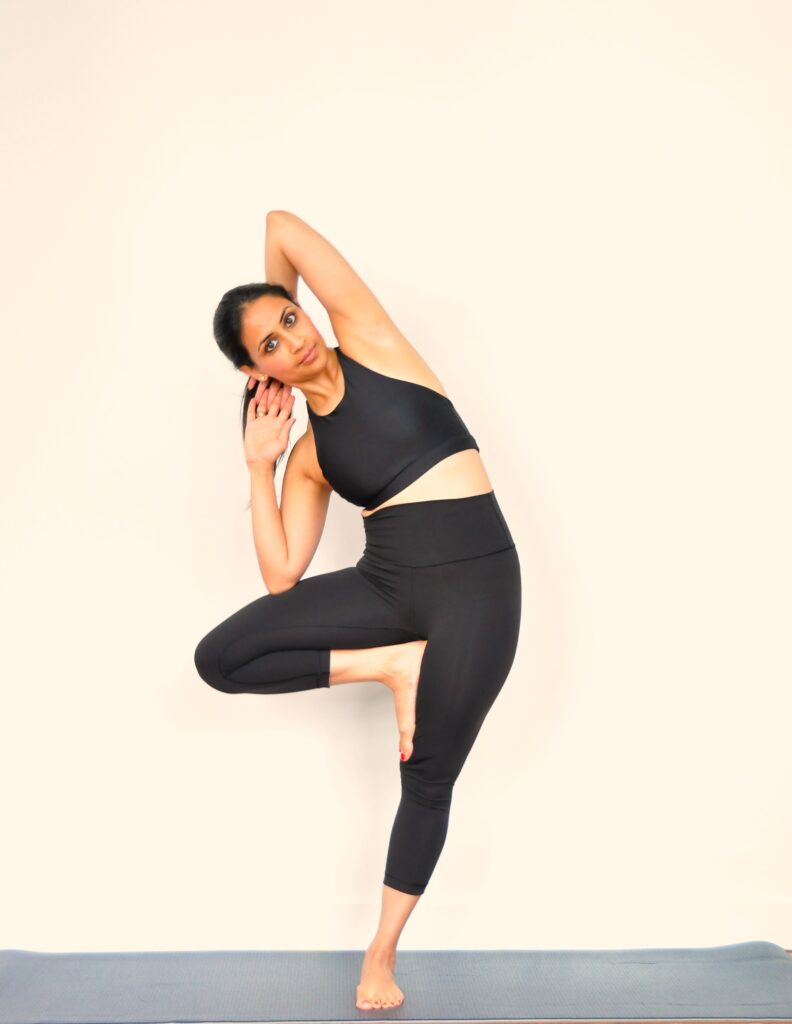
Share
Picture Credit : Anuja
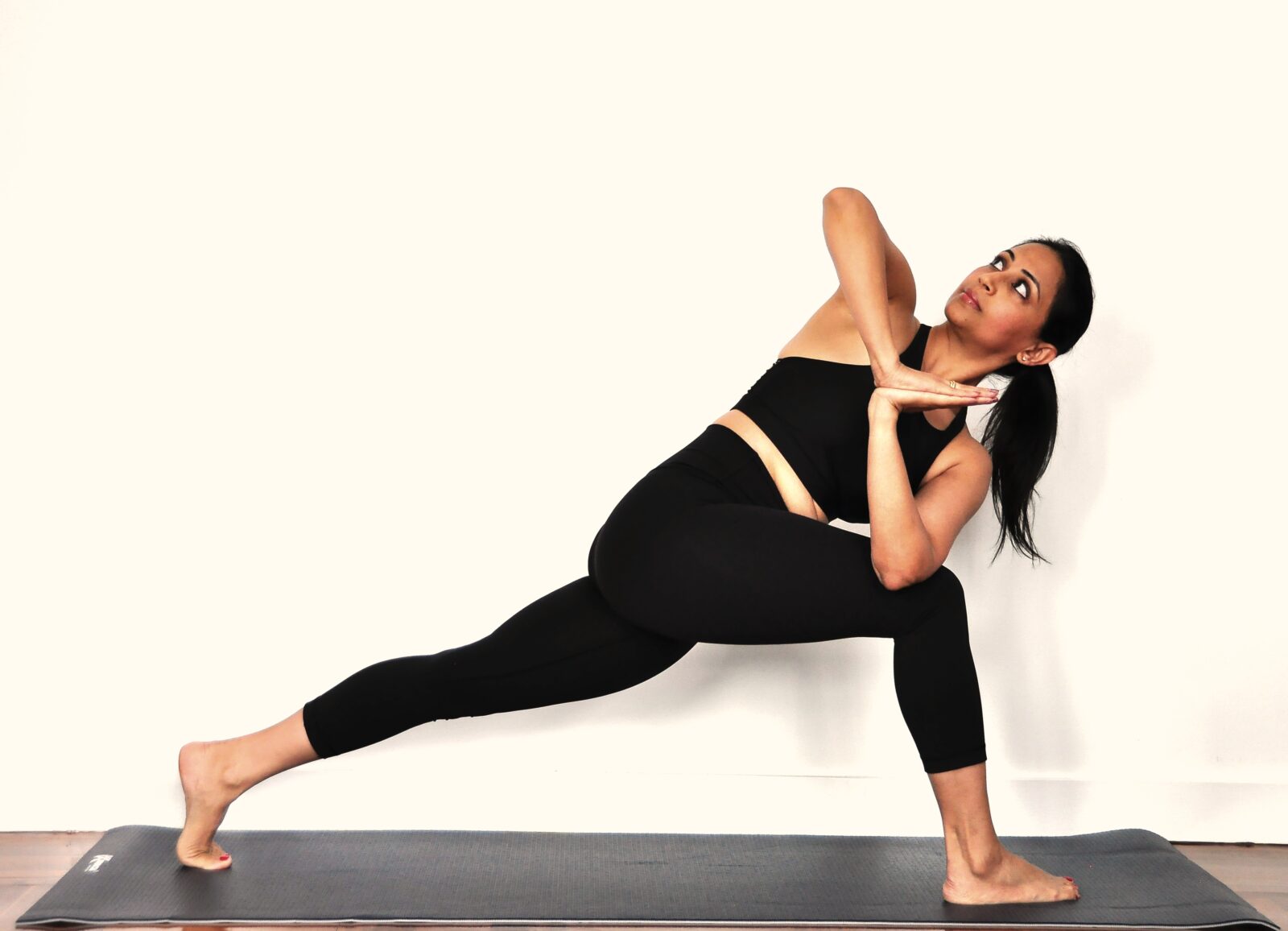
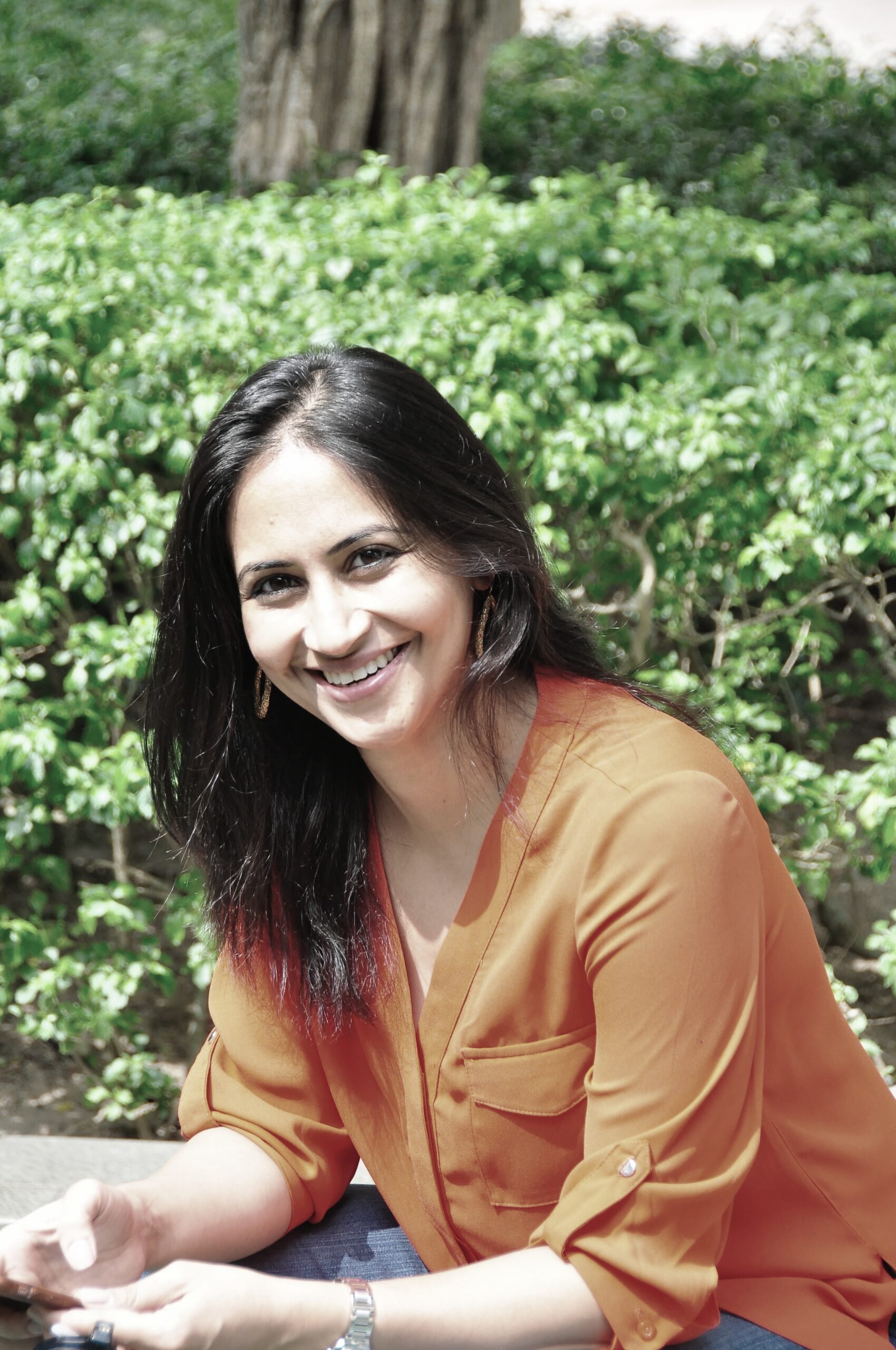
Have seen Anuja’s personal transformation from a student of yoga to a teacher. Her involvement & dedication to this form is apparent. No wonder she continues to be the success story she has become in the field of yoga in Hong Kong.
Insightful and helpful.